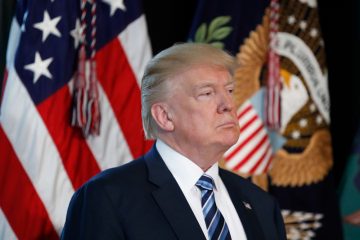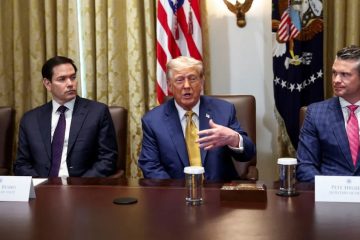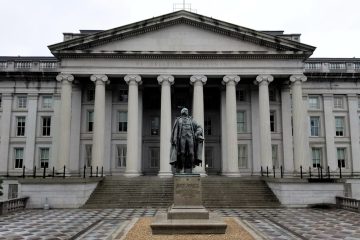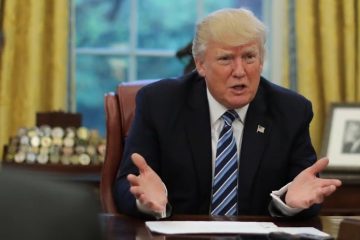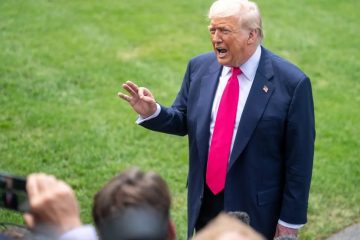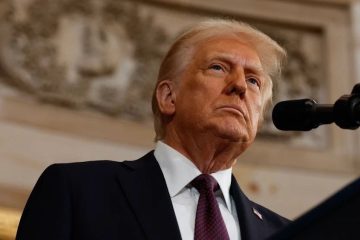China anticipates that Trump will relent on tariffs
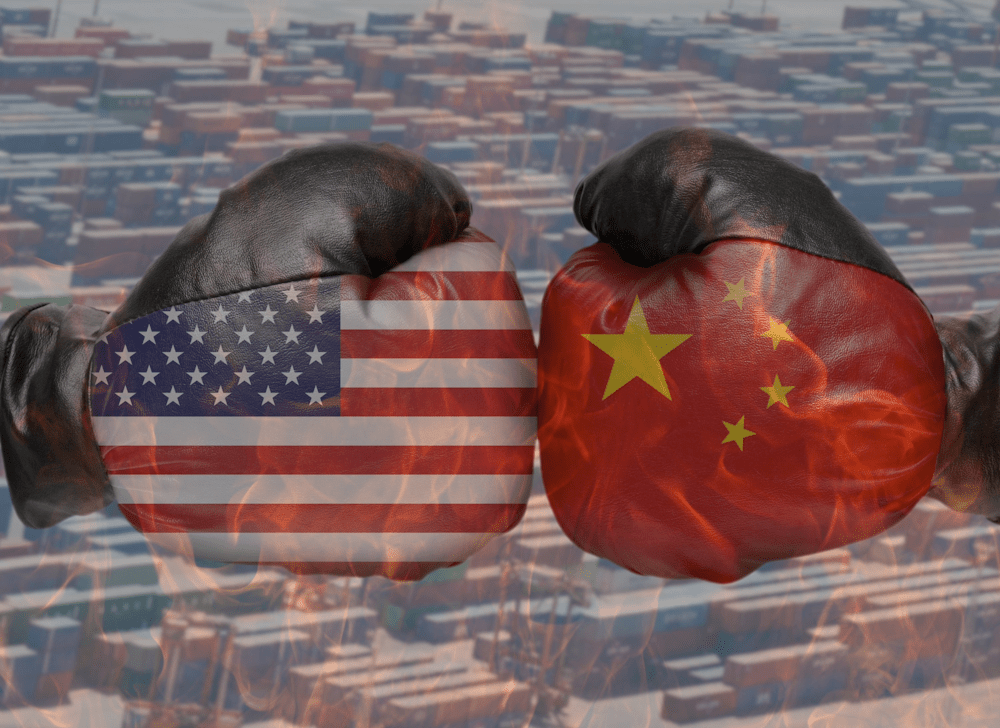
President Trump’s apparent softening on tariffs against China in recent days has buoyed markets and raised hopes for a detente between the world’s two largest economies. For Chinese leaders, it merely reinforces their conviction that Trump will ultimately yield if they exercise patience. Following weeks of escalating tensions, Trump has now indicated a readiness to reduce tariffs on Chinese imports. His administration is contemplating a reduction of levies in certain instances by over fifty percent in an effort to alleviate tensions with Beijing, as reported by The Wall Street Journal on Wednesday.
Although such a reprieve would alleviate concerns regarding further escalation, it would not avert a significant rupture between the world’s two largest economies. Nor would it probably suffice to appease Beijing. Following Trump’s indication on Wednesday that he was engaged in discussions with China regarding trade, a spokesperson from the Chinese Foreign Ministry refuted any claims of negotiations, labeling them as “fake news.”
“This tariff war was launched by the U.S., and the Chinese side’s position has always been clear and consistent,” stated Foreign Ministry spokesman Guo Jiakun on Thursday. “If we engage in conflict, we will do so until the very end; if we choose dialogue, the opportunity for discussion remains fully available. “Any dialogue or negotiation must be based on equality, respect and mutual benefit.” A spokesman for the Commerce Ministry, meanwhile, insisted that Trump must fully abolish unilateral tariffs on China if he is earnest about addressing trade disputes via dialogue.
For weeks, leader Xi Jinping has been conveying a robust message to the Chinese populace that Beijing is poised to engage in a tit-for-tat with Washington regarding tariffs, and that they should brace themselves for an extended and arduous confrontation with the U.S. In that calculus lie recollections of the initial trade war with Trump, during which efforts to meet White House demands did not alleviate trade tensions. In the subsequent years, Xi asserts, the U.S. has only intensified its aggressive measures to undermine China.
Today, China asserts that it is in a stronger position to endure U.S. tariffs compared to the initial term of Trump, citing a reduced dependence on American technology and a more diversified array of trading partnerships. China’s hesitance regarding negotiations is, in part, indicative of a distrust in Trump and the commitments he might propose. “The Trump administration is constantly shifting positions, so just listening to a few statements isn’t enough,” Jin Canrong, a prominent international-relations professor at Renmin University in Beijing, wrote on Chinese social-media platform Weibo. “Wait and see whether the U.S. takes any concrete action.”
China has not specified the conditions under which it would be prepared to initiate negotiations with Trump. However, the Foreign Ministry spokesman indicated on Thursday that Trump must first relinquish his maximum-pressure tactics. Chinese officials are aiming to counteract a decline in trade by enhancing domestic consumption.
Even if Trump were to reduce tariffs to between approximately 50% and 65%—one scenario being evaluated by the White House—it could still result in numerous Chinese products being excluded from U.S. markets. “That’s still very prohibitive,” remarked Louise Loo, the lead economist for China at Oxford Economics in Singapore. “At those levels most of the trade flows would probably be rerouted anyway.”
The impact on China’s economy would similarly be minimal. When Trump proposed a 60% tariff on all Chinese goods during his presidential campaign, Oxford Economics projected that such a significant levy would lead to a reduction of approximately 2% in Chinese gross domestic product, relative to a scenario where tariffs remained unchanged. With tariffs of 145%, the impact is only marginally greater, at 2.2%, underscoring that the majority of the harm was inflicted by the initial tariff measures. According to Loo, tariffs of 100% or more on strategic goods “would constitute a trade embargo on those products.”
A potentially more appealing alternative for Beijing could involve both parties temporarily retracting recent tariff hikes as they enter discussions aimed at a more sustainable resolution. “If Trump offers a postponement of recent tariff hikes while the two sides enter into negotiations, Beijing will reciprocate,” wrote Michael Hirson, head of China research at New York-based 22V Research and previously the U.S. Treasury Department’s chief representative in China. “However, if Trump demands that Beijing first make concessions, China’s leadership will wait to see if political and economic pressures force Trump to back down.”
Xi’s strategy to wait out Trump is indicative of the considerable political power he has consolidated domestically, alongside the government’s apparatus designed to suppress dissent. In contrast, Trump is confronted with midterm elections occurring 18 months from now. Chinese state media, keenly observing the internal divisions within the U.S., has recently depicted Trump as disconnected from a significant portion of American voters. His policies have sparked inflationary worries and created an atmosphere of uncertainty that has hindered business investment and hiring. On Thursday, it emphasized the development that 12 states have initiated legal action against the Trump administration regarding the tariffs. Concurrently, Xi faces domestic scrutiny regarding the condition of China’s economy, which had already been compromised prior to Trump’s tariffs due to a property-market collapse, escalating debt levels, and faltering consumer confidence.
Goldman Sachs estimates that as many as 20 million individuals are employed in Chinese factories focused on U.S. exports, and a halt in trade could jeopardize those positions. In light of these challenges, Xi maintains confidence that the Chinese economy is capable of enduring a collapse in trade with the U.S. Officials are implementing stimulus measures designed to invigorate the economy by enhancing consumption and investing in infrastructure, which analysts contend should at least partially mitigate any negative impact on trade in the short term. Beijing is also wagering that Chinese exporters will successfully identify new buyers for products excluded from the U.S. market, although numerous governments remain cautious about increasing Chinese imports.
Even if the two sides can agree to dial back tariffs, analysts remain pessimistic about the likelihood of a comprehensive deal to resolve trade hostilities. Washington is indicating a desire for comprehensive reform of China’s economy rather than a mere reiteration of previous commitments to purchase additional American products. Beijing is not expected to wish to convey the notion that Washington is dictating its domestic priorities, remarked Julian Evans-Pritchard, head of China economics at Capital Economics. Tensions could easily escalate once more if negotiations prove fruitless, he stated, with the potential for conflict to extend into other domains such as cross-border investment and finance. “There are still lots of areas where we could get further decoupling,” Evans-Pritchard stated.


